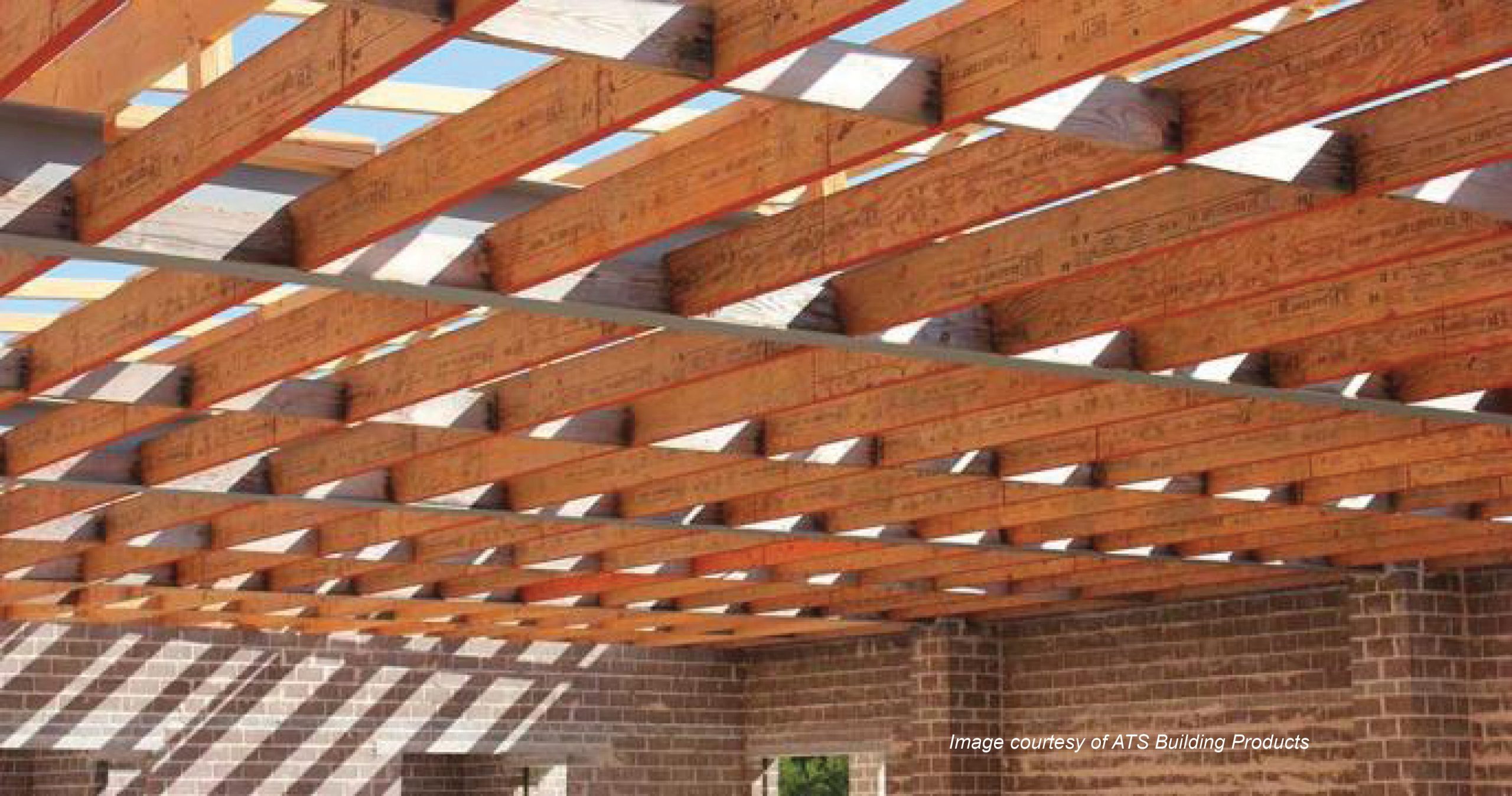During the last few decades, there has been a significant increase in the use of engineering wood products (EWP) as a core structural material in medium and high-rise buildings. The updated fire regulations based on the performance-based design approach and the modern architectural trends have encouraged fire engineers, structural engineers, and architects to collaborate and realise the aspiration of designing buildings using the EWP. The Forte and 25 King in Australia, The Tree and Mjostarnet in Norway, The Cube in London, and Brock Commons in Canada, are some of the exceptional works completed in the recent past involving EWP as the core structural elements.
Many kinds of research that have been carried out in the past indicated that engineered wood products like Cross-Laminated Timber (CLT), Glue-Laminated Timber (GLULAM), and Laminated Veneer Lumber (LVL) has the required strength and stiffness to be used as a structural material (Foster, 2016). The EWP obtain these enhanced strength and stiffness characteristic values as compared to a raw timber through homogenisation. Homogenisation refers to the reduction in variability linked with lamination of n > 1 constituent elements in a sub-parallel load-sharing arrangement (Foster, 2016).
The design versatility along with the aesthetical appeal are some other gains. In addition, engineered wood products come with economic benefits for the construction along with a low carbon footprint (Kuilen et al, 2011).
The design of the structural member using EWP under fire conditions involves the understanding of the delamination phenomenon or debonding between the lamella (Emberley et al., 2016b). This is based on the fact that when an engineered wood product like CLT is exposed to increasing temperatures, the thermal degradation process called pyrolysis initiates on the surface which results in the formation of a char layer (Buchanan, 2001). This char layer acts as an insulation layer and limits the amount of heat transferring beneath it. However, char fall-off due to delamination or debonding between the lamella exposes the fresh timber surface which results in elongation of fire duration and release of more heat (Emberley et al., 2016a). This can ultimately prevent the timber from reaching self-extinguishment along with the loss of structural capacity due to loss of section. This is one of the critical issues which engineers face when designing the members using EWP.
EWP’s are a great solution for getting strength while keeping the size and cost low following the understanding of their behaviour under fire conditions.
Many kinds of research that have been carried out in the past indicated that engineered wood products like Cross-Laminated Timber (CLT), Glue-Laminated Timber (GLULAM), and Laminated Veneer Lumber (LVL) has the required strength and stiffness to be used as a structural material (Foster, 2016). The EWP obtain these enhanced strength and stiffness characteristic values as compared to a raw timber through homogenisation. Homogenisation refers to the reduction in variability linked with lamination of n > 1 constituent elements in a sub-parallel load-sharing arrangement (Foster, 2016).
The design versatility along with the aesthetical appeal are some other gains. In addition, engineered wood products come with economic benefits for the construction along with a low carbon footprint (Kuilen et al, 2011).
The design of the structural member using EWP under fire conditions involves the understanding of the delamination phenomenon or debonding between the lamella (Emberley et al., 2016b). This is based on the fact that when an engineered wood product like CLT is exposed to increasing temperatures, the thermal degradation process called pyrolysis initiates on the surface which results in the formation of a char layer (Buchanan, 2001). This char layer acts as an insulation layer and limits the amount of heat transferring beneath it. However, char fall-off due to delamination or debonding between the lamella exposes the fresh timber surface which results in elongation of fire duration and release of more heat (Emberley et al., 2016a). This can ultimately prevent the timber from reaching self-extinguishment along with the loss of structural capacity due to loss of section. This is one of the critical issues which engineers face when designing the members using EWP.
EWP’s are a great solution for getting strength while keeping the size and cost low following the understanding of their behaviour under fire conditions.
For more information Contact our friendly team today.
Bibliography
ANDREW H. BUCHANAN, A. K. A. 2001. Structural Design for Fire Safety, John Wiley & Sons, Ltd.
EMBERLEY, R., NICOLAIDIS, A., FERNANDO, D. & L. TORERO, J. 2016a. Changing Failure Modes of Cross-Laminated Timber.
EMBERLEY, R., YU, Z., FERNANDO, D. & L. TORERO, J. 2016b. Delamination Occurrence in Engineered Mass Timber Products at Elevated Temperatures.
J.W.G Van De Kuilen, A. Z. X. M. H., 2011. Very Tall Wooden Buildings with Cross Laminated Timber. Science Direct.
Robert M. Foster, Michael H. Ramage, 2016. Briefings: Super tall timber – Oakwood Tower. Institution of Civil Engineers, p. 130.
ANDREW H. BUCHANAN, A. K. A. 2001. Structural Design for Fire Safety, John Wiley & Sons, Ltd.
EMBERLEY, R., NICOLAIDIS, A., FERNANDO, D. & L. TORERO, J. 2016a. Changing Failure Modes of Cross-Laminated Timber.
EMBERLEY, R., YU, Z., FERNANDO, D. & L. TORERO, J. 2016b. Delamination Occurrence in Engineered Mass Timber Products at Elevated Temperatures.
J.W.G Van De Kuilen, A. Z. X. M. H., 2011. Very Tall Wooden Buildings with Cross Laminated Timber. Science Direct.
Robert M. Foster, Michael H. Ramage, 2016. Briefings: Super tall timber – Oakwood Tower. Institution of Civil Engineers, p. 130.

